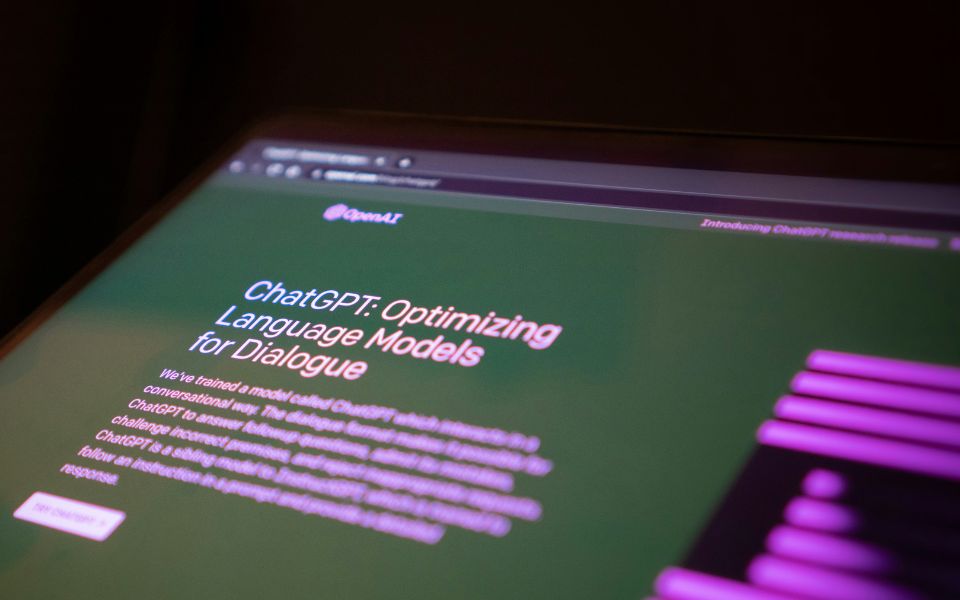AI-driven decision-making in business is no longer futuristic—it’s fundamental. From real-time analytics to predictive modeling, artificial intelligence is reshaping how leaders approach strategy, operations, and growth.
AI in business strategy involves AI-driven decision-making using algorithms, machine learning, and data analytics to guide or automate business choices. Unlike traditional BI tools, AI can interpret unstructured data, recognize patterns, and suggest proactive actions.
Companies that integrate AI into their decision-making processes see faster time-to-decision and higher ROI on data-driven initiatives.
How Leaders Leverage AI Today
Leaders today leverage AI for effective decision making in following ways.
Strategic Forecasting
AI tools help CEOs and executives simulate market scenarios, forecast demand, and optimize product pipelines using real-time inputs.
Customer Insights & Personalization
CMOs use AI to dissect consumer behavior, tailor experiences, and predict churn before it happens—enhancing customer retention and satisfaction.
Financial Decision Support
CFOs are deploying AI to analyze risk, automate compliance, and detect fraud—saving time and reducing operational costs.
Operations Optimization
COOs use AI for supply chain optimization, inventory prediction, and workforce allocation—especially during volatile market conditions.
Why It Matters in 2025
The competitive landscape demands speed, accuracy, and agility. Businesses leveraging AI in business strategy are able to pivot faster, make fewer errors, and drive innovation. With tools like Microsoft Copilot, Salesforce Einstein, and Google Cloud AI, enterprise-ready solutions are now more accessible than ever.
However, responsible use of AI—ensuring data quality, ethical models, and human oversight—remains critical.
Final Thought
Using AI in business strategy is not the question anymore—it’s how fast and how well do you use it. In 2025, the businesses making smarter, faster, AI-powered decisions will define the next decade of innovation and growth.



